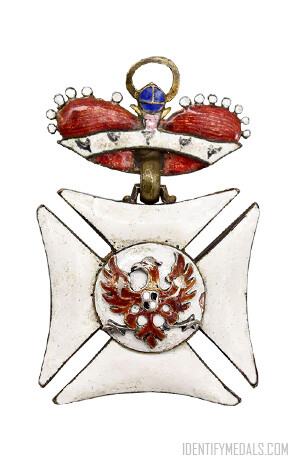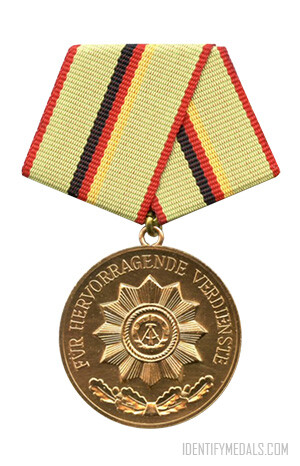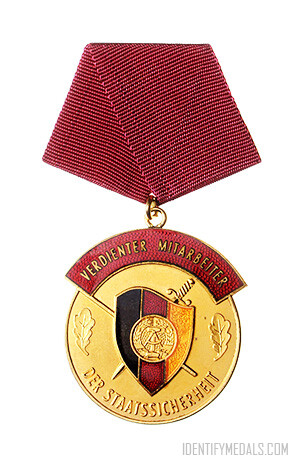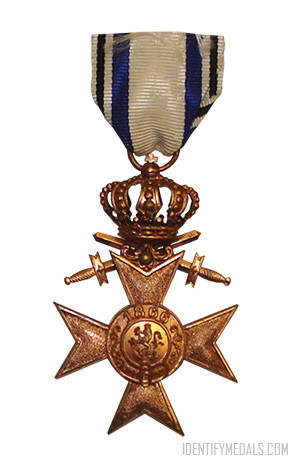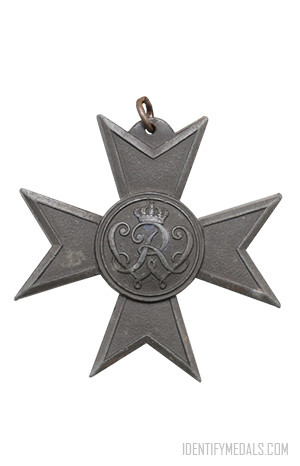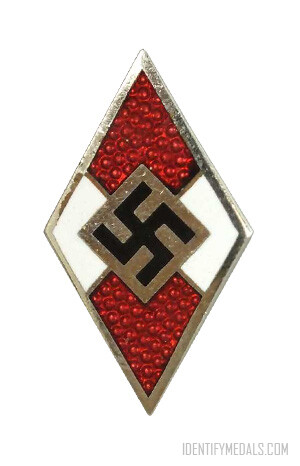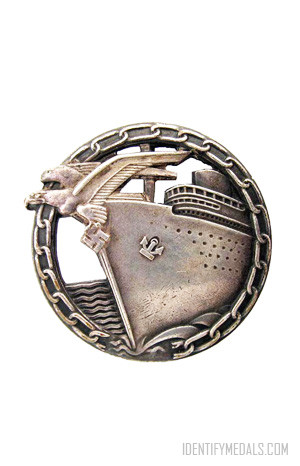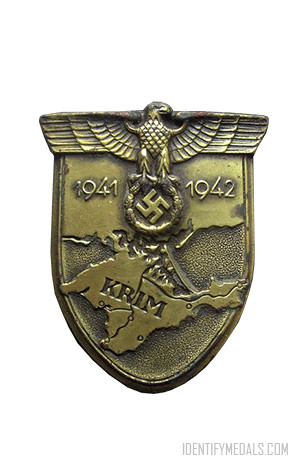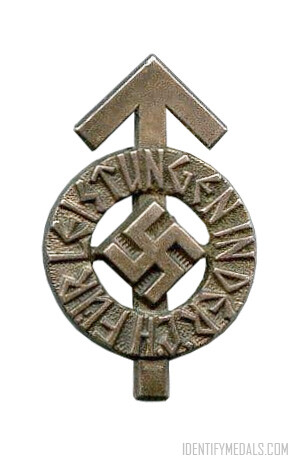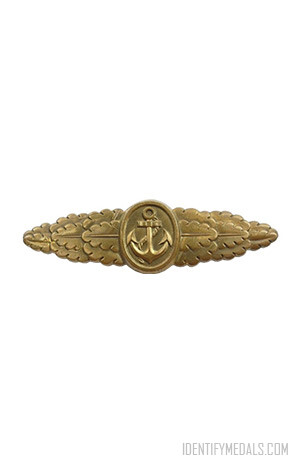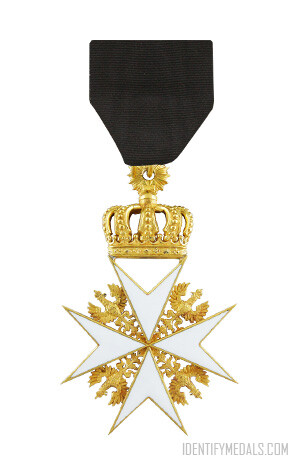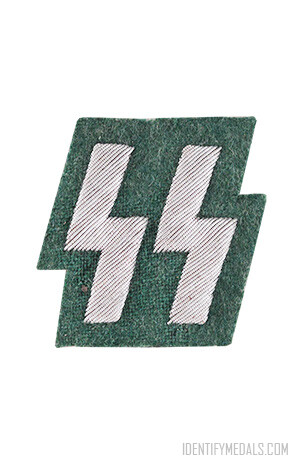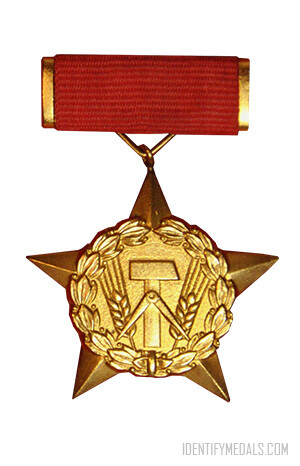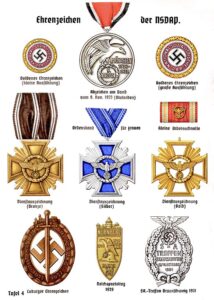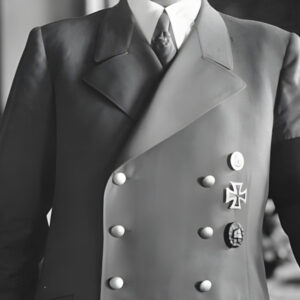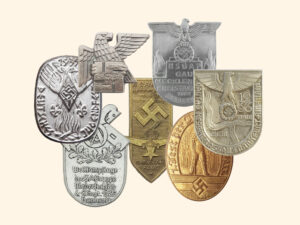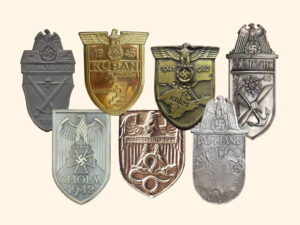The Order of Sincerity, originally known as “Ordre de la Sincérité” due to the 18th-century French-speaking courtiers, was a knighthood order established by the German Margrave of Bayreuth.
This order was later renamed the Order of the Brandenburg Red Eagle and eventually became known as the Order of the Red Eagle.
The Order of Sincerity was founded on November 17, 1705, by Margrave George William of Brandenburg-Bayreuth, a member of the House of Hohenzollern. Similar to many knighthood orders of small German courts, it initially fell into disuse. It was revived in 1712 in Brandenburg-Bayreuth and again in 1734 in Brandenburg-Ansbach, where it was renamed the “Order of the Brandenburg Red Eagle.” In 1777, its statutes were revised, and it was referred to as the “Order of the Red Eagle.” This order was limited to fifty knights and was conferred in one class. The church associated with the order was the Ordenskirche St. Georgen in Bayreuth.
In January 1792, the Kingdom of Prussia acquired Brandenburg-Bayreuth and Brandenburg-Ansbach. On June 12, 1792, King Frederick William II revived the order as a Prussian royal order. It became the second-highest order in the kingdom, following the Order of the Black Eagle. Although it was abolished as a state order in 1918, it continues to exist as a House Order of the House of Hohenzollern.
The Ordre de la Sincérité Design
The medal features a white enamel cross with broad arms. The cross is a Maltese cross, characterized by its four equal arms that are narrower at the center and wider at the ends.
At the center of the cross, in the obverse, there is a circular medallion with a red eagle, which is a significant symbol in German heraldry. The eagle is detailed with red enamel and appears to be crowned and holding a scepter and orb, signifying sovereignty and authority.
The top of the medal is adorned with an enameled crown. The crown is red with white and blue details and attached to a loop.
The ribbon of the order is orange.

